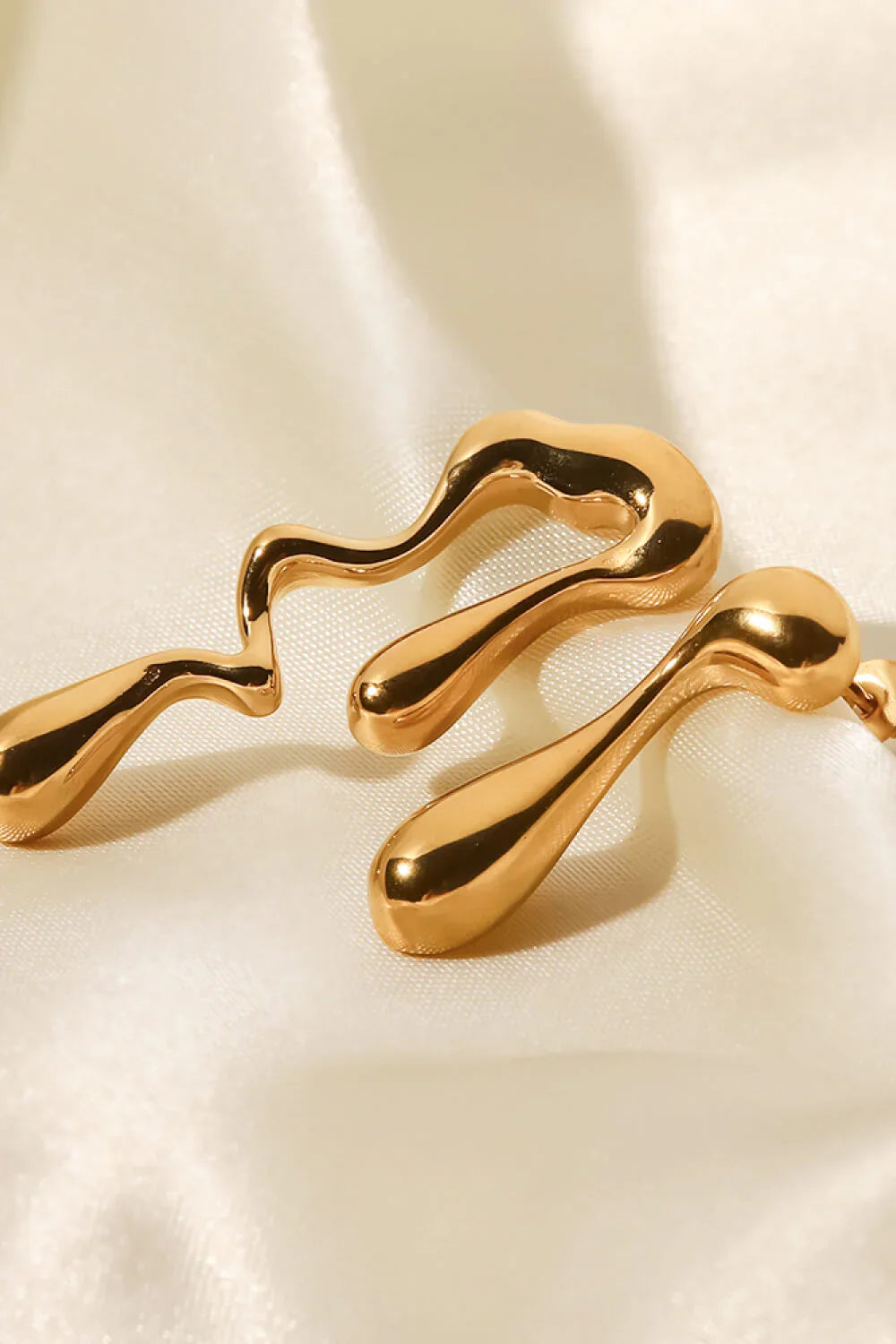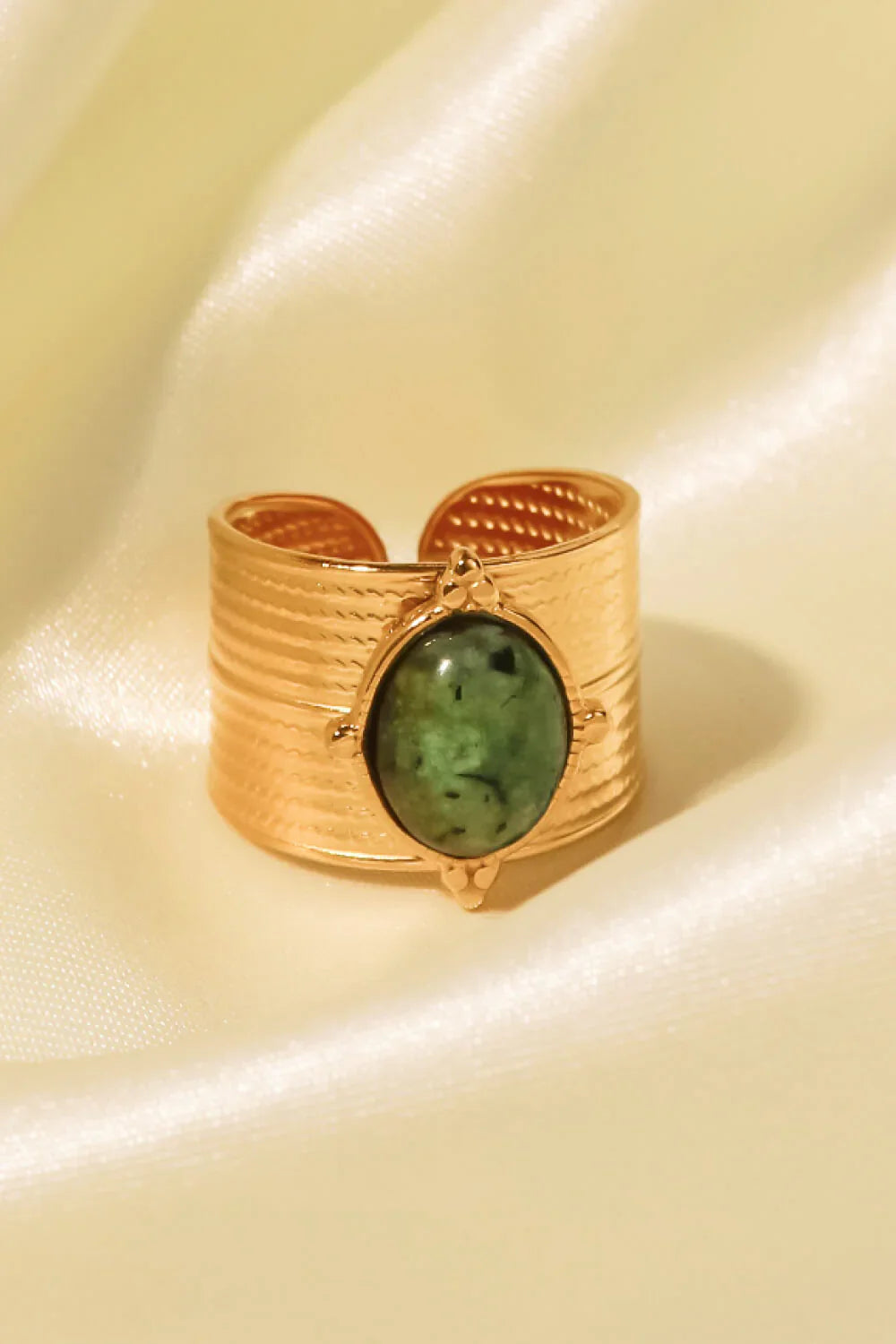Article: A Glittering Legacy: The History of Jewelry and Its Enduring Bond with Women

A Glittering Legacy: The History of Jewelry and Its Enduring Bond with Women
From the dawn of civilization, jewelry has been intertwined with the lives of women—serving as adornment, currency, status symbol, and storytelling medium. The earliest shell beads, dating back 100,000 years, were not merely decorative but likely held social and spiritual significance. Over millennia, jewelry evolved alongside human culture, reflecting technological advancements, artistic movements, and shifting gender roles.
This article traces the fascinating journey of jewelry through the ages, highlighting how women have shaped—and been shaped by—these wearable works of art. Whether as amulets for protection, displays of wealth, or expressions of rebellion, jewelry has always been a powerful language spoken primarily (though not exclusively) by women across civilizations.
1. Ancient Beginnings: Jewelry as Survival and Spirituality
In prehistoric times, jewelry served purposes far beyond aesthetics. Archaeological finds from Africa's Blombos Cave (75,000 BCE) reveal pierced snail shells strung as beads—the oldest known jewelry, likely worn by women as talismans for fertility or protection. Neolithic graves show women buried with necklaces of teeth, bones, and stones, suggesting spiritual beliefs about the afterlife.
The ancient Egyptians elevated jewelry to divine status. Women of all classes wore beaded collars and amulets, but the wealthy adorned themselves with elaborate gold pieces inlaid with lapis lazuli and carnelian. Cleopatra famously used jewelry as political propaganda, wearing signature pieces like the asp bracelet to symbolize her power. Funerary jewelry ensured safe passage to the afterlife, with scarab rings and ankh pendants placed in women's tombs.
Meanwhile, in Mesopotamia, Sumerian women (2500 BCE) wore intricate gold headdresses and lunate earrings, often depicting the goddess Inanna. These were not just decorations but symbols of divine femininity—a tradition that continued with the Ishtar jewels of Babylon.
2. Classical Civilizations: Status and Symbolism
The Greeks and Romans transformed jewelry into markers of social hierarchy. Hellenistic women (300-100 BCE) wore delicate gold wreaths and serpent armbands, with married women donning fibulae (brooches) to fasten their peplos robes. Jewelry also indicated legal status: Athenian courtesans wore elaborate pieces, while respectable matrons restricted themselves to simpler designs.
Roman women turned jewelry into a display of imperial power. Livia Drusilla, wife of Augustus, set trends with cameo parures (matching sets), while wealthy freedwomen like Novia Tais flaunted gemstone rings to showcase their new social standing. The discovery of the Hoxne Hoard in Britain revealed stunning gold body chains worn by late Roman women—possibly during wedding rituals.
Across Asia, Indian women pioneered advanced jewelry techniques. The Indus Valley Civilization (2600 BCE) produced intricate gold earrings and beaded necklaces, while later periods saw the development of temple jewelry for devadasis (temple dancers). Chinese women of the Han Dynasty adorned themselves with jade bi discs and gold hairpins, believing jade protected the soul.
3. Medieval to Renaissance: Piety and Power

The Middle Ages saw jewelry become entwined with religion and politics. European noblewomen like Eleanor of Aquitaine wore reliquary pendants containing saintly relics, while Byzantine empresses dazzled with enameled collars and pearl-sewn veils to project divine authority. The Crown Jewels of many nations originated as personal adornments for queens—such as Hungary's Holy Crown, commissioned for Queen Gisela in 1000 CE.
Renaissance women used jewelry to flout sumptuary laws. In Venice, courtesans like Veronica Franco wore outrageously large pearl earrings (a style called "a orecchia") to publicly defy restrictions on luxury. Elizabeth I of England weaponized jewelry as propaganda, wearing celestial-themed brooches to reinforce her "Virgin Queen" image and gifting portrait miniatures as political tools.
Meanwhile, in Mughal India, women like Nur Jahan commissioned jade bangles and ruby-encrusted turban ornaments that blended Persian and Indian styles. The famous Peacock Throne, adorned with 108-carat diamonds, was rumored to have been designed under her influence.
4. Enlightenment to Victorian Era: Revolution and Sentiment
The 18th century saw jewelry become more accessible. French marchandes de modes (early fashion stylists) helped bourgeois women imitate Marie Antoinette's diamond hairpins with paste replicas. Post-Revolution, Napoleon revived ancient Roman styles for Empress Josephine, popularizing cameos and parures as symbols of the new empire.
Victorian women used jewelry to communicate covert messages. "Mourning jewelry" containing locks of hair memorialized the dead, while acrostic rings spelled out love with gemstones (e.g., a "DEAR" ring with Diamond, Emerald, Amethyst, Ruby). Suffragettes later adopted green-white-violet jewelry to secretly signal their fight for voting rights.
In colonial regions, jewelry became a site of cultural resistance. Native American women continued crafting silver squash blossom necklaces despite assimilation pressures, while African women preserved beadwork traditions like the Zulu love letter beads (ukutshwala).
5. Modern Era: Liberation and Self-Expression
The 1920s brought radical changes as flappers rejected Victorian restraint. Art Deco geometric designs by women like Jeanne Boivin mirrored the era's gender liberation—think dangling cigarette holder necklaces and diamond headbands for the Charleston. Coco Chanel popularized costume jewelry, declaring, "It's disgusting to walk around with millions around the neck because one happens to be rich."
Mid-century Hollywood cemented jewelry's glamour. Elizabeth Taylor's passion for Bulgari and Van Cleef & Arpels (including the 69-carat Taylor-Burton diamond) made celebrity jewelry a cultural obsession. Meanwhile, labor-force women adopted "day-to-night" pieces like David Andersen's convertible brooches.
Contemporary women use jewelry as activism. Today's designers like Bibi van der Velden create pieces from sustainable materials, while movements like #WearYourValues promote ethical gemstones. Heirloom jewelry has gained new relevance, with vintage pieces representing slow fashion and intergenerational connection.
Conclusion: The Unbroken Thread
For over 100 millennia, women have carried civilization's stories in their adornments—from Paleolithic shell beads to today's lab-grown diamond engagement rings. Jewelry has been their armor, their voice, their art, and their legacy. As we admire a Georgian locket or a modern stacking ring, we touch an unbroken chain of creativity and resilience.
In the words of art historian Shirley Bury: "Jewelry is the most personal of the arts. It is the one we live with, that moves as we move, that catches the light as we turn our heads." For women across time, it has done far more than sparkle—it has illuminated their place in history.


